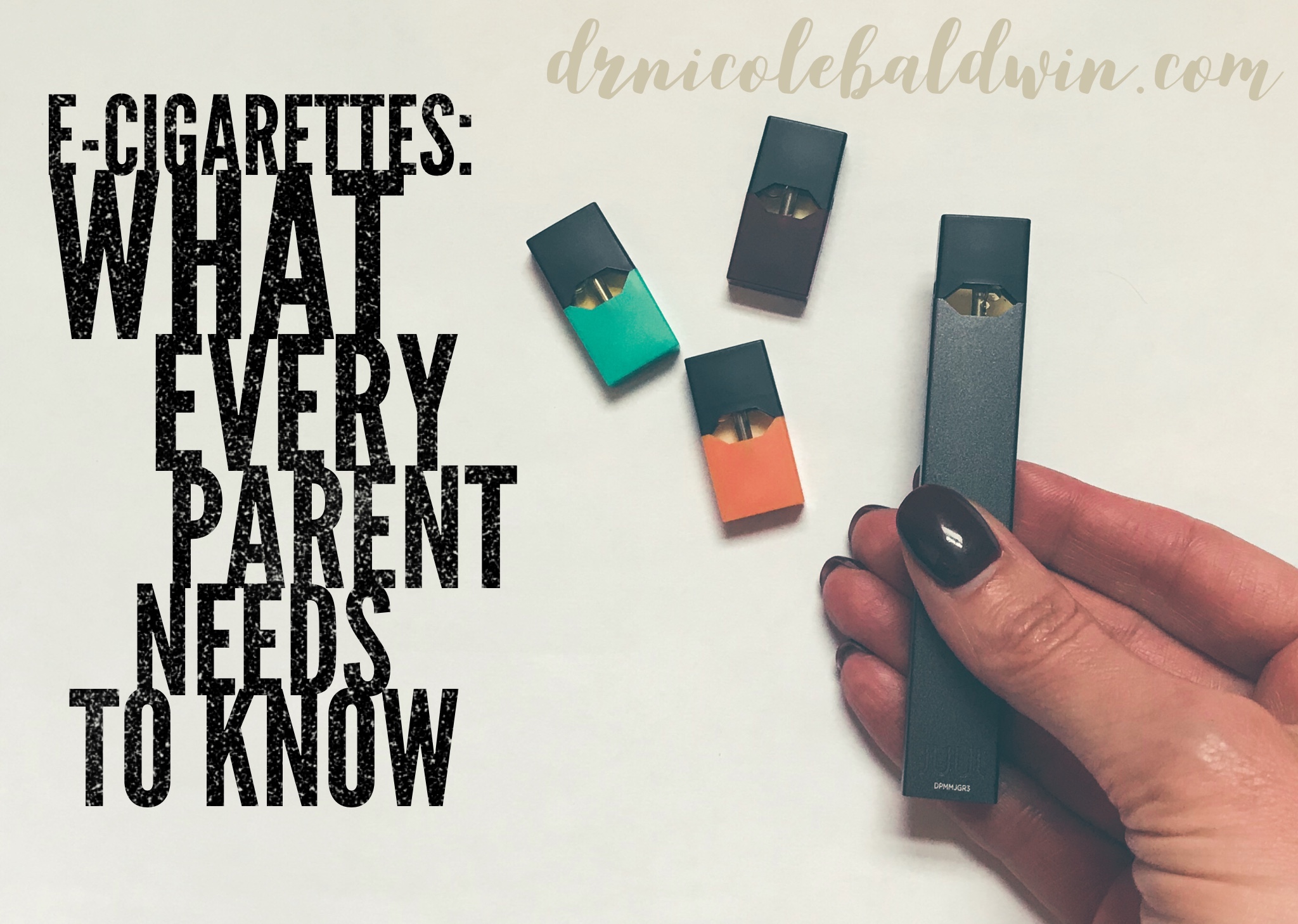
Don’t Raise a Grumpy Jerk (or How to Teach Your Children to Have an Attitude of Gratitude)
I know that using the work “jerk” is not very kind or PC or whatever – and when I first started writing this post, I was going for the positive, heartwarming feelings about gratitude and how to foster that in our kids. But let’s be real – no one wants to raise a kid that is grumpy all of the time or that others perceive as rude or ungrateful.
I think most parents can agree that we want to raise kind, loving, compassionate children who live happy and fulfilled lives (aka NOT grumpy jerks) but we don’t always know how to go about it. Stick with me – I’m here to offer some help for just that.
You might be wondering why practicing gratitude can be the cure for grumpiness. It might seem crazy – but I promise I’m not making this up. People who practice gratitude regularly are happier and report more satisfaction in their lives. Studies have shown that the gratitude exercises that I’m going to tell you about actually work!
Here’s the rub…being a “jerk” is actually pretty easy while being grateful is not always quite as easy. Only thinking about MY wants and MY needs comes very naturally. In fact – it’s how we’re born.

Think about it – newborns are pretty much the most selfish humans on the planet. They cry to get what THEY want. They don’t care that you haven’t slept in 36 hours or showered in 5 days…they are hungry and demand that you feed them…they are wet and scream until you change their diaper. Now, don’t get me wrong – I’m not suggesting that newborns are jerks (well not ALL the time…just kidding), but what I AM suggesting is that being grateful is something that needs to be TAUGHT and PRACTICED throughout our lives – it’s not a trait that is born in us.
Gratitude is a CHOICE. In any situation, we can chose to be grateful – to look for the positive – or we can chose to focus on the negative. In order to raise grateful children, they need to be taught HOW to make that choice.
So HOW can you raise a kid that’s NOT a “grumpy jerk” (or to put it more kindly – how can you teach gratitude to your children)?
- TEACH YOUR CHILDREN MANNERS – one of the most important (and easiest) ways to teach gratitude is to teach your children to say PLEASE, THANK YOU, and YOU’RE WELCOME.
- Children should be taught to use their manners both at home and in public.
- To become HABIT for them, this should start as soon as they are starting to talk and indicate their wants (between the ages of 1-2 years). “Do you want your cup…can you say please?” “What do you say to your brother for holding the door for you?” etc.
- We need to be sure to MODEL THIS BEHAVIOR for our children. Do you say “please” when you ask them to clean their room? Do you say “you’re welcome” when someone thanks you for something? Do you say “thank you” when someone holds a door for you? If you do – awesome, if you don’t – that’s your homework.
- TEACH GRATITUDE EXERCISES – these can be done at the end of every day, in the morning before breakfast, or around the dinner table. Mix them up.
- Ask your children to name 3 things that made them happy today…or 3 things that they are grateful for.
- It’s OK in the beginning if they only name material things (favorite toys/clothes/etc.) Young children tend to have more concrete thinking and may not initially consider experiences or people as something to be grateful for – but as they age, that will transition. You can even prompt them by saying – name 2 things that made you happy and one person that made you happy.
- Play the Rose & Thorn game
- Pass a rose around the table and each person says one thing that was good about their day (the rose) and one that was challenging or difficult (the thorn). You can then talk about those difficult situations and even weave in a bit of gratitude for the challenges we face in our lives because they help us become stronger.
- Have your child write in a Gratitude Journal
- This can work well if your children are older and may not be up for sharing their feelings of gratitude out loud.
- Keep a Family Gratitude Jar
- Have each family member write what they are grateful for on a slip of paper throughout the week and place it in the jar. Gather the family together once per week (or every other week – or whatever works for your family) and take turns reading the papers in the jar. This is a great way for both kids and parents to express their gratitude toward other family members and to learn how their actions can affect others in a positive way.
- Ask your children to name 3 things that made them happy today…or 3 things that they are grateful for.
- PRACTICE GRATITUDE YOURSELF – our children learn best by what they SEE us doing and not just what they HEAR us telling them to do.
- Ask yourself: What are 3 things YOU are grateful for today? Who are 3 people that you are thankful to have in your life? What is one experience today that made you happy?
- Keep your own Gratitude Journal
- SHARE your moments of gratitude with your kids.
- You don’t have to share everything – but if you’re driving in the car and see a beautiful sunset that makes you happy – say that out loud to your children “Hey gang, look at the beautiful sunset – I’m so grateful that we are getting to see this right now!” It may seem hokey at first – especially if you’re not used to sharing your gratitude out loud – but I promise that it gets easier, and your kids will learn from your example.
- VOLUNTEER AS A FAMILY OR DONATE FOOD/CLOTHING TO A LOCAL SHELTER – especially for young children who only really know the world as their tiny bubble, it’s important that we teach them about helping those less fortunate. This is a great way to help kids learn to be grateful for what they already have as well as teaching them the importance of giving to others.
So remember – gratitude is a CHOICE and with daily PRACTICE it becomes part of who we are and who our children are. Changes in habits and attitude don’t happen over night, but through regular practice, we can foster happiness and gratefulness in our children and ourselves (and kick those grumpy jerks to the curb).





2 Comments
Clemente Lozano
Amazing article, thank you!
For Mother’s Day I’m going to translate it to Spanish to share with friends.
Thanks again!
Dr. Nicole Baldwin
That’s great! Thank you for sharing!